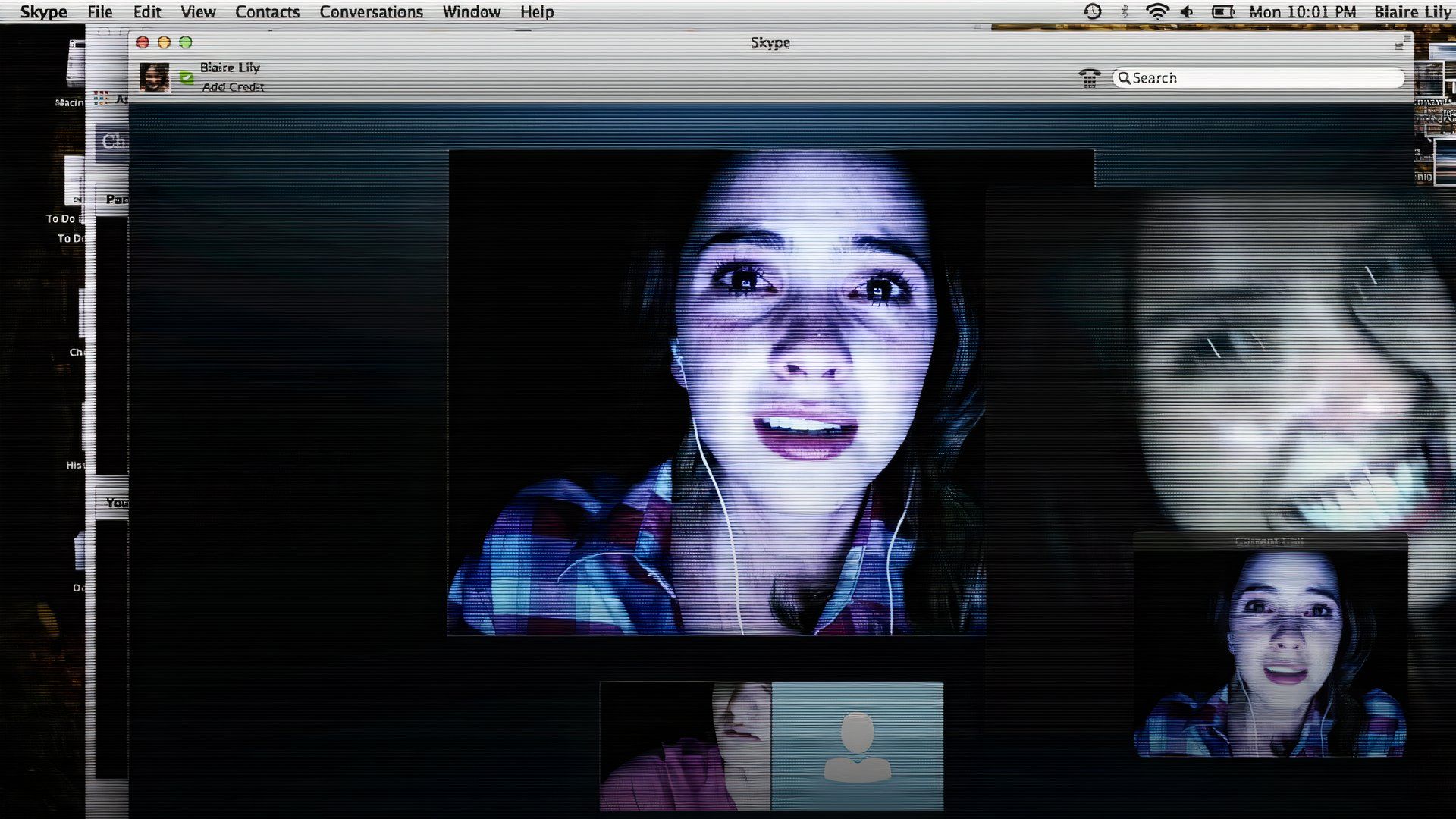
Understanding the Screenlife Genre
We've become so accustomed to our computer operating systems that their interfaces are as common a sight as bus stops or office cubicles. With most of our work shifting to remote settings, phone meetings have been replaced by Zoom and Teams. It makes sense that movies reflect the world we live in, where characters often converse over Zoom or perform Google searches for crucial information.
But what about a film seen entirely from the point of view of our computer screens? As it turns out, an entire sub-genre of filmmaking has emerged in the last decade, reflecting the electronic landscape we mostly inhabit. Screenlife is a type of filmmaking that demonstrates our reliance on technology and how it shapes our world, much like smartphones and video games. Here, we explore the Screenlife genre.
What Are Screenlife Movies?
As the name suggests, screenlife movies depict life entirely through a computer screen. Most, but not all, of these films are set within a Windows or Mac desktop environment. A camera communication app is usually constantly open to reflect the character behind the screen, doing all the mouse clicking and key tapping.
Some of these movies exist mostly in a browser, featuring many windows and tabs for conference calls, searches, photos, social media, and key information about the plot. The more windows there are, the more tension there is for the camera zooming and panning across information. This is why the sub-genre is best suited for horror and thrillers, where the search for killers and criminals makes sense in a digital environment.
What Is Not a Screenlife Movie?
Screenlife films shouldn’t be confused with movies where there’s a perspective of a computer screen for only a portion of the picture. A good example of this would be a pandemic heist movie, Locked Down, where there are business meetings through Zoom amid the Covid-19 pandemic, but not for the bulk of the story. Even Bo Burnham’s Inside, which features parodies of Twitch and YouTube-style reaction videos, doesn’t meet the sub-genre metric either for having a diverse abundance of perspectives.
The distinction must be made between a screenlife film and a film featuring screen-based storytelling. Y2K features an opening on a 1999 computer screen, and while the solution involves using a computer, it doesn’t count for most of the horror-comedy involving running away from computers. The film that never leaves the digitally-generated haven of applications and browsers is what makes a screenlife movie.
What Makes a Good Screenlife Movie?
The best screenlife films are the ones that make the most practical use of the computer as a storytelling device. Searching is one of the best examples of this type of film, as it stages a missing person case through software that tracks individuals' whereabouts. It takes scenes of investigating data, which are usually dull or technologically illiterate, and makes them thrilling by letting us examine the evidence alongside the sleuth. It’s a far cry from thrillers that try to hide this aspect or present a generic operating system display that hardly looks real.
The forced angle of an operating system means that the director must be astute enough to understand how this technology works. A good screenlife film can wield familiar and believable applications in a way that advances the plot rather than acting as digital fluff between action and dialogue-driven moments. Realizing how our dependence on social media and web applications functions correctly makes it possible for films like Unfriended: Dark Web to toy with the medium and become a horror that isn’t just bleeding hard drives and programs that won’t force quit.
What Makes a Bad Screenlife Movie?
Because screenlife movies place the computer desktops front and center, it can be easy to decipher what doesn’t feel right. We use computers daily and can tell when one doesn’t feel right. So if the screenlife’s environment doesn’t feel real, the narrative is about as believable as a hacker randomly mashing their keyboard with green numbers flashing across the screen. Most audiences are smart enough to pick up on what’s not working, and computer experts must be fuming or laughing at the errors.
A perfect example of a terrible screenlife film is 2025's War of the Worlds, a Prime Video stinker that got loads of press for its near-zero Rotten Tomatoes score. The film depicts the classic sci-fi story from the computer perspective of a DHS agent, played by Ice Cube. It makes many errors in dramatizing the story through a character who doesn’t seem to understand the internet or surveillance, despite that being his job. While the film does include believable websites and services, the forced inclusion of Amazon’s delivery devices saving the day comes off as nothing less than tacky product placement.
Screenlife movies started as a novel idea, but our familiarity with technology has raised the standards. Once filmmakers become more astute about using everything from Facebook to Zoom, they can craft better, more compelling films that don’t trip over themselves when making computer desktops as a movie setting. Given how absorbed most people have become with their computers and smartphones, this sub-genre will likely take off further, bringing more competition than back-patting for effectively working social media into a plot.

Post a Comment